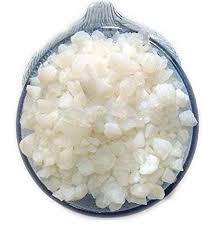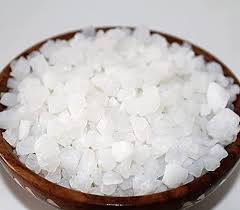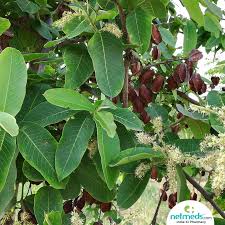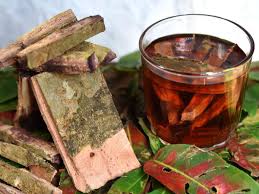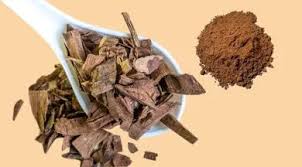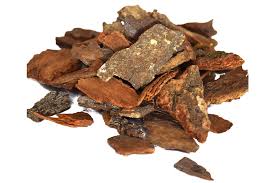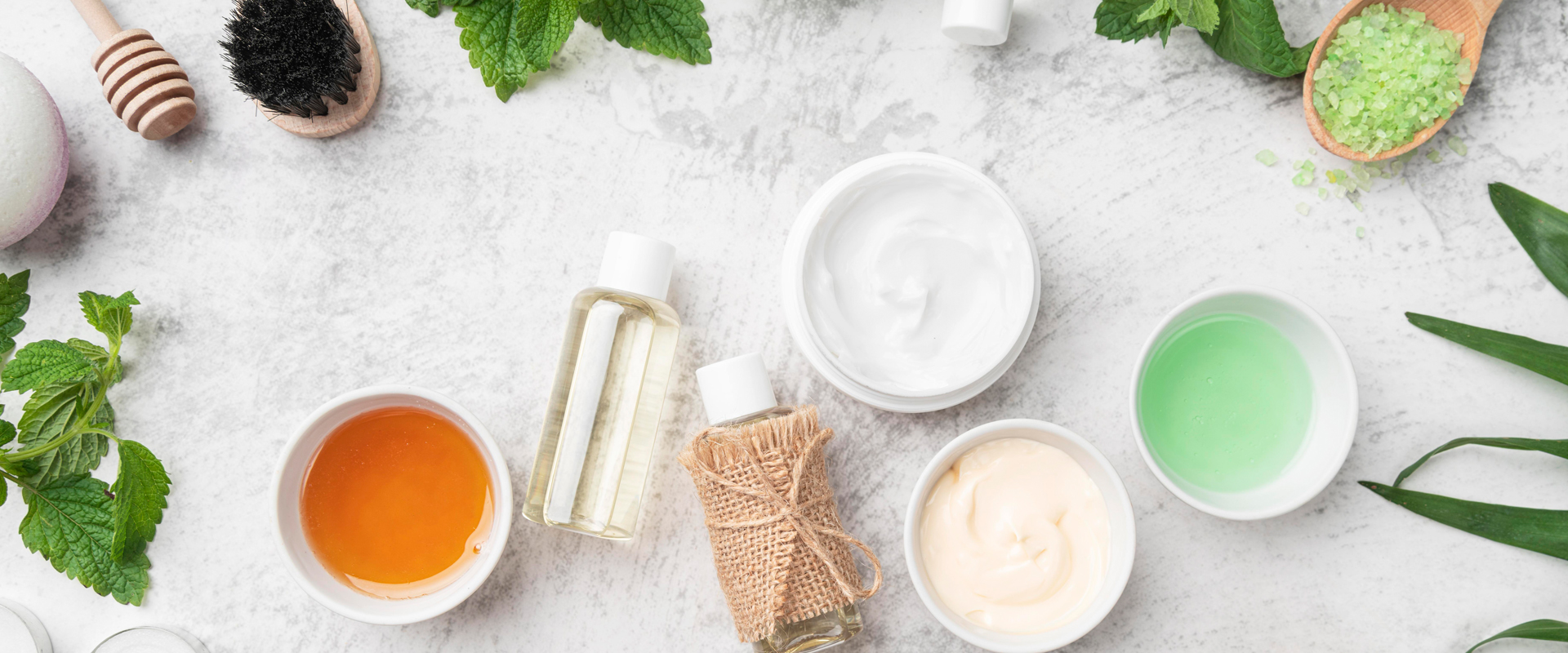
How to Grow Paneer Phool at Home in Pots
Paneer Phool, also known as cauliflower, is a popular and nutritious vegetable that can be grown easily at home in pots or containers. Cultivating Paneer Phool at home offers several benefits, including fresh, chemical-free produce, cost savings, and the joy of gardening. Growing this vegetable in pots is ideal for people with limited space, such as balconies, terraces, or small gardens. With the right soil, proper care, and attention to watering and sunlight, you can enjoy a successful harvest of tender and healthy Paneer Phool directly from your home garden. This article provides a detailed guide on growing Paneer Phool in pots, including preparation, planting, maintenance, and harvesting tips.
Long Description:
Why Grow Paneer Phool at Home:
Growing your own Paneer Phool has numerous advantages:
Freshness and Nutrition: Homegrown vegetables are fresher and free from harmful pesticides.
Cost-Effective: Reduces the need to purchase vegetables regularly.
Space-Saving: Ideal for urban homes with limited garden space.
Gardening as a Hobby: Encourages a healthy lifestyle and provides a rewarding gardening experience.
Control Over Quality: You can select the best soil, seeds, and nutrients to ensure high-quality produce.
Choosing the Right Pot and Soil:
Pot Selection: Choose a pot with a minimum depth of 12–15 inches and a diameter of at least 12 inches to allow sufficient root growth. Ensure the pot has proper drainage holes to prevent waterlogging.
Soil Requirements: Use well-draining, fertile soil enriched with compost or organic manure. A mix of garden soil, compost, and sand in a 2:1:1 ratio works well. Paneer Phool thrives in slightly acidic to neutral pH (6.0–7.0).
Selecting Paneer Phool Seeds:
Choose high-quality, disease-resistant seeds from a trusted supplier.
Varieties suitable for container gardening include dwarf or compact types, which grow well in pots and produce tender heads.
Planting Paneer Phool in Pots:
Seed Sowing: Start seeds in small seed trays or directly in the pot. Sow seeds about half an inch deep and cover lightly with soil.
Spacing: If planting multiple seeds in a single pot, maintain 10–12 inches of spacing between plants to allow proper growth.
Watering: Keep the soil consistently moist but not soggy. Avoid overwatering as it may lead to root rot.
Sunlight: Paneer Phool requires 6–8 hours of sunlight daily for optimal growth. Place pots in a sunny spot or a location with bright indirect light.
Caring for Paneer Phool Plants:
Fertilization: Apply organic fertilizers like compost tea or well-rotted manure every 2–3 weeks to support healthy growth. Avoid excessive nitrogen as it promotes leafy growth at the expense of head formation.
Mulching: Use mulch such as straw or dry leaves to retain soil moisture and regulate temperature.
Pest Management: Common pests include aphids, cabbage worms, and flea beetles. Use neem oil sprays or natural pest control methods to protect plants.
Pruning: Remove yellowing or damaged leaves to maintain plant health and encourage head development.
Supporting Growth in Small Spaces:
Use trellises or stakes if the plant becomes top-heavy.
Rotate pots occasionally to ensure all sides receive sunlight evenly.
Avoid overcrowding by planting only 1–2 plants per pot if space is limited.
Harvesting Paneer Phool:
Paneer Phool is ready to harvest when the heads are firm, compact, and fully formed, typically 70–90 days after sowing depending on the variety.
Cut the head with a sharp knife, leaving some leaves attached to protect the crown.
Harvest regularly to encourage continuous production and prevent flowering from becoming too mature and tough.
Common Issues and Solutions:
Bolting: When plants flower prematurely, often due to high temperatures or stress. Keep soil consistently moist and provide shade during extreme heat.
Yellowing Leaves: May indicate nutrient deficiency or overwatering. Adjust fertilization and watering accordingly.
Pest Damage: Remove affected leaves and use organic pest control to maintain plant health.
Benefits of Homegrown Paneer Phool:
Rich in vitamins, minerals, and antioxidants.
Supports a healthy diet and immune system.
Reduces carbon footprint by minimizing transport and packaging.
Encourages sustainable gardening practices.
Tips for Success:
Rotate crops to prevent soil depletion and disease buildup.
Keep pots clean and free of debris to reduce pest infestation.
Water in the early morning or late evening to minimize evaporation.
Observe plants regularly for early signs of pests or nutrient deficiencies.
Experiment with companion planting, such as growing herbs or marigolds nearby, to deter pests naturally.
Conclusion:
Growing Paneer Phool at home in pots is a practical and rewarding way to enjoy fresh, nutritious vegetables. With proper soil, care, and attention to watering and sunlight, you can cultivate healthy and tender cauliflower heads even in limited spaces. By following the planting, maintenance, and harvesting tips outlined in this guide, home gardeners can ensure a successful yield while benefiting from chemical-free, cost-effective produce. Whether for health, sustainability, or the joy of gardening, cultivating Paneer Phool at home offers numerous advantages and can easily become a fulfilling hobby.





